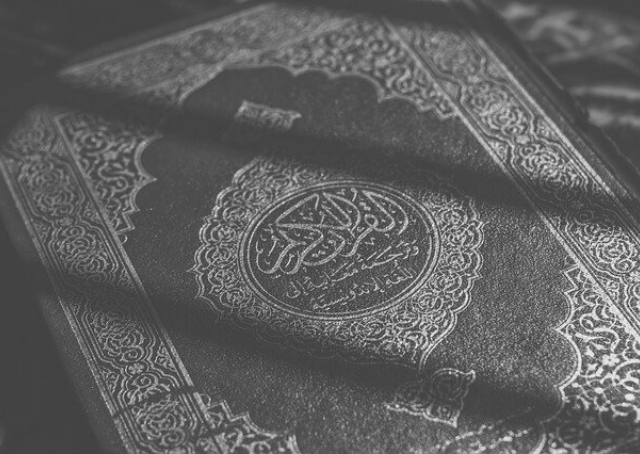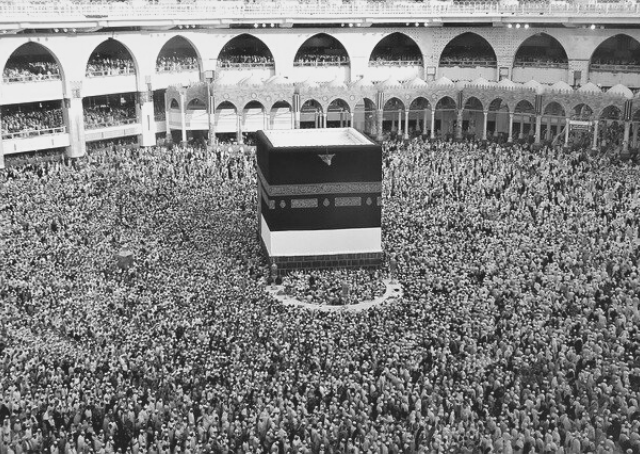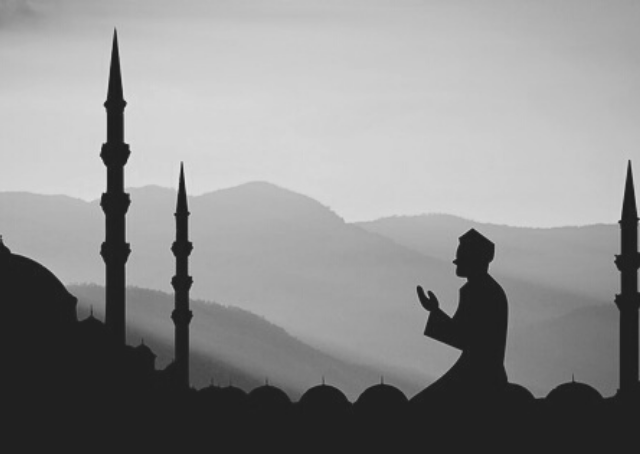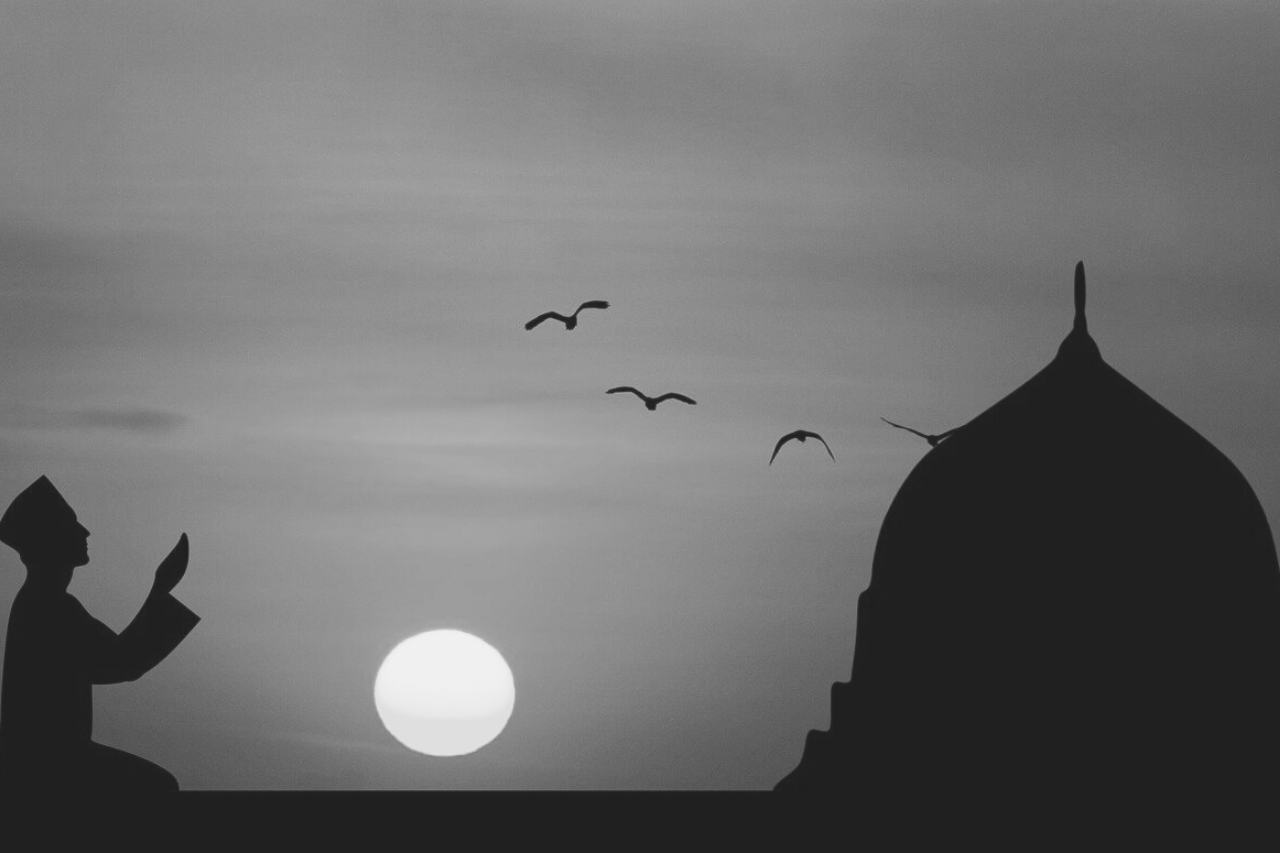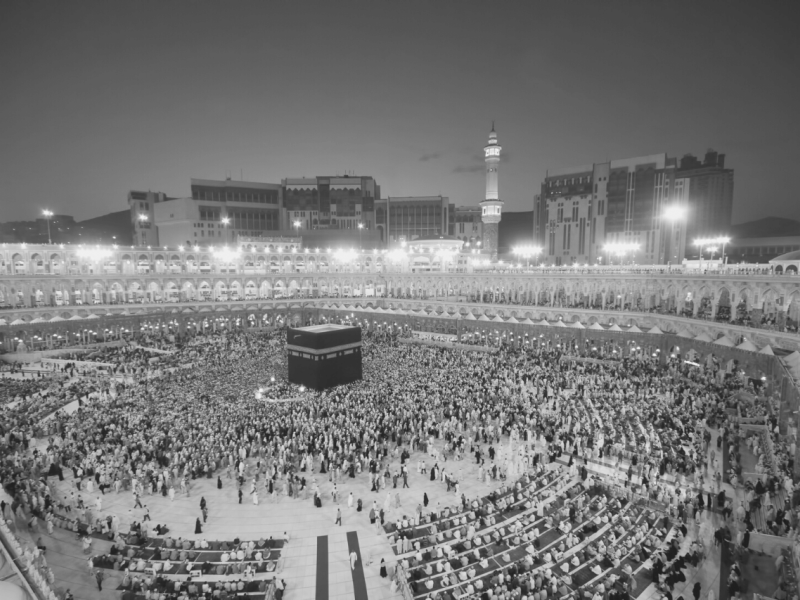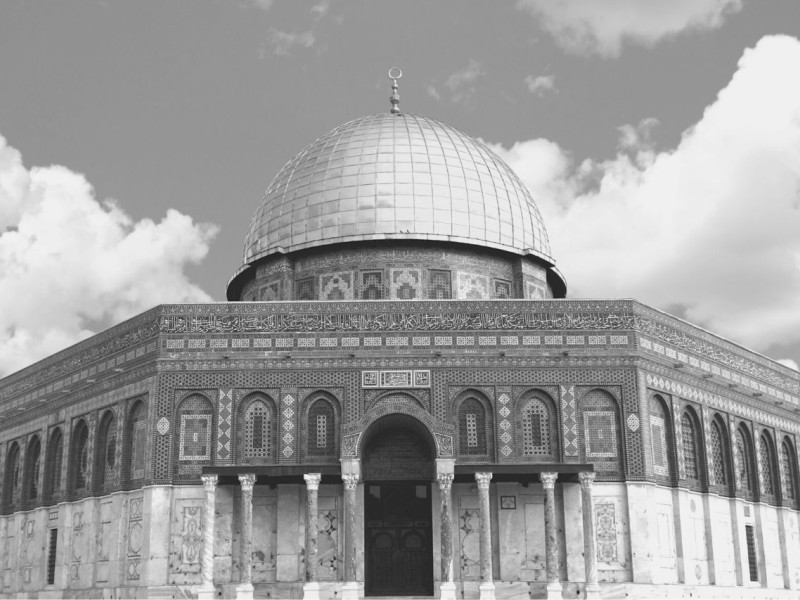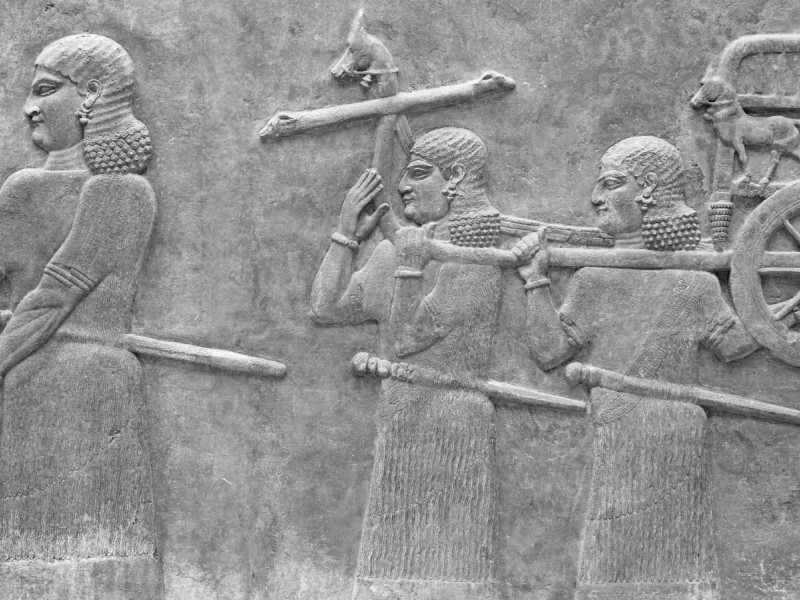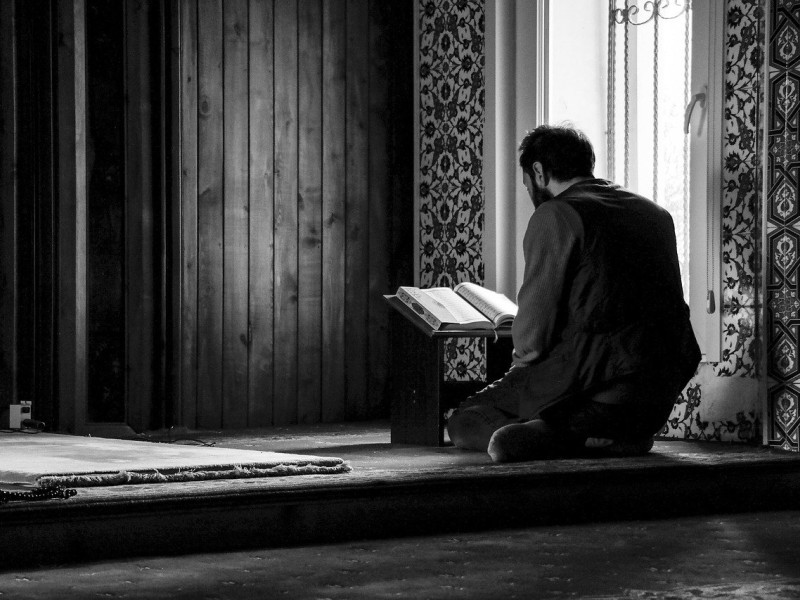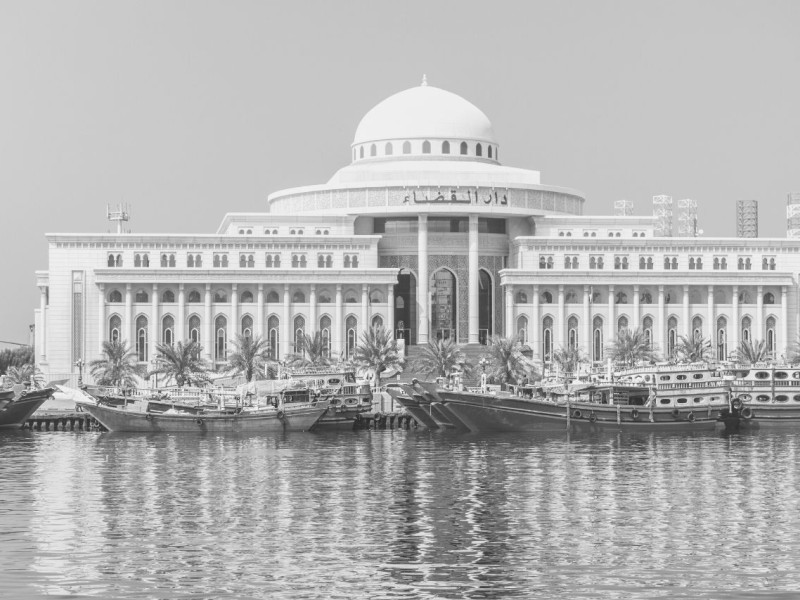What did the prophet Muhammad look like?
For non-Muslims interested in Islam, one of the common questions they ask is, “what did the prophet Muhammad look like?”
For most Muslims, prophets of Islam, including the prophet Muhammad, should not appear in paintings or photographs.
But why can’t the holy prophet be depicted in images?
This article investigates the reason behind this practice.
What did the prophet Muhammad look like?
Islamic texts are known as “Characteristics Texts” and “Proof of Prophecy Texts,” which describe the prophet’s physical and other characteristics. There is a belief that Muhammad is so superior and beautiful that no scripture could represent him correctly.
The prophet’s typical descriptions say he was of medium height, with almond-shaped eyes and beautifully curved eyebrows. His cheeks were rosy and covered with a beautiful beard.
The Prophet Muhammad was known as one of the most generous, righteous, and friendliest people who walked the earth. He is of mild temperament, and those who saw him were taken aback by his grandeur. However, those who knew him knew him up close loved his high virtues more.
Why Did Islam Forbid Images of Muhammad?
Nothing in the Quran, Islam’s holy book, strictly forbids depictions of Muhammad. Much like the Hebrew Bible’s Ten Commandments, the faith has long discouraged the use of images. In other words, we don’t have an image of Muhammad because Muslims try to avoid the temptation towards idol worship.
However, chapter 42, verse 11 of the Quran does say, “[Allah is} the originator of the heavens and the earth… [there is] nothing like a likeness of him.” Muslims take this to imply that Allah cannot be captured in an image. The same principle applies to Muhammad.
Early Muslims believed Christians had been led astray because they thought Christ was a God, not a man. They didn’t want Muslims to start treating the Prophet Muhammad this way. If people saw the Prophet's face, they might worship him as something more than a man. They did not want the same thing to happen to Mohammed.
The Prophet In Pictures
All Muslim communities agree that there are no authentic images of Muhammad created during his lifetime. There are legends that early portraits exist, but written physical depictions are accepted as accurate.
Describing the Holy Prophet of Islam
Yes, descriptions of the Prophet are of profound importance to Islam. Muslims believe that the reading depictions or written accounts of Muhammad encourage inner devotion in that images and statues cannot.
Since the 16th century, Muslims in the Ottoman Turkish regions have expressed their devotion to the Prophet by making calligraphic copies of this text hung in their homes and workplaces. These texts were also written in small forms of calligraphy, folded into three, and carried in the breast pocket.
Forbidding Statues
The Prophet Muhammad is rarely represented in statues. Muslims find figures of Muhammad offensive because statues are akin to idolatry. Islamic art has always avoided large sculptures of their prophets.
The only free-standing statues used in Islamic art contain animals. An example of this is the Pisa Griffin and the Alhambra’s Lion Court, where animals are shown in their fountain heads.
In 1955, Muhammad’s statue was removed from a New York courthouse after the ambassadors of Indonesia, Pakistan, and Egypt requested its removal.
The Only Known Portraits of the Prophet
Several writings and scriptures include stories in which portraits of Muhammad appear.
Ibn Wahshiyya, Abu Hanifa Dinawari, Ibn al-Faqih, and Abu Nu’aym tell different versions of a similar story where two Meccans visit the Byzantine Emperor Heraclius. He shows them a cabinet, given to him by Alexander the Great but initially created by God for Adam. Inside each of the cabinet drawers was a prophet’s portrait and believed to be Muhammad’s last picture.
Sadid al-Din al-Kazaruni tells a similar tale in which the Meccans are visiting China’s Emperor and tells them that God gifted portraits of the prophets to Adam. Ibn Wahshiyya and Abu Nu’ayn tell another story. A Meccan merchant was invited to a Christian monastery in Syria. He finds a variety of scriptures and paintings depicting saints and prophets.
In a story dating back to the 11th century, Muhammad is said to have sat for a portrait commissioned by Sassanid king Kavadh II. The king thought the picture was so beautiful he placed it onto his pillow.
In a 17th century Chinese story, a Chinese king asked to see Muhammad, but Muhammad instead sends his portrait. The king is so taken aback by the picture he converted to Islam.
The Prophet of Light: No Shadow?
There is much debate over whether Muhammad had a shadow.
Some schools of thought, such as Barelvi and the Deobandi, believe that Muhammad did not have a shadow. They think he was created from Noor (light) and not clay, and that is why he doesn’t have a shadow. This claim is based on highly disputed hadiths.
However, the majority of Muslim scholars, including Salafi and Hanafi, do not support this belief. The more common idea is that the prophet was a human being. Nowhere does the Quran or any authentic hadith state Muhammad is anything but human.
Did the Prophet Muhammad have long hair?
Yes, the Prophet Mohammed is described as having shoulder-length hair. In this period in time, it was widespread for men to have long hair.
Is Muhammad Described in Texts?
Yes. The Prophet Muhammad appears in several illustrated manuscripts dating back to the 13th century. These manuscripts were produced in Persian and Turkish-speaking regions.
One of the earliest illustrations of Muhammad speared in Anatolia (modern-day Turkey).
One of the images represents him sitting on a throne, surrounded by four companions. The others show him resurrecting two lovers after a Jewish king agrees to convert to Islam.
The Danish Editorial Cartoon & Other Controversies
No. In recent years cartoons featuring the prophet Muhammad have caused intense controversy around the world.
In 1990, a Muhammad caricature was published in an Indonesian magazine, Senang, followed by an instant closure of the publication. In 2005, Danish newspaper Jyllands-Posten published a set of editorial cartoons, many of which depicted Muhammad.
The Danish published cartoons resulted in an uproar; it was so controversial across the Nordic region, which led the Swedish Foreign Affairs Minister to resign after defending the cartoon editorial. Authorities even discovered a plot to assassinate the cartoonist of the depiction.
Muhammad appeared in 2001, 2006, and 2010 episodes of South Park. His image was later removed due to the controversies regarding depictions of Muhammad in cartoons in European newspapers.
When Lars Vilks Muhammad created a series of drawings that depicted Muhammad negatively, several galleries refused to show them. The controversy gained international attention, with a newspaper publishing them to illustrate an editorial on religious freedom.
In 2007, a Bangladeshi cartoonist got sentenced to jail on suspicion of showing disrespect to Muhammad. Copies of the cartoon were destroyed, and several Islamic groups torched copies of the protest. They demanded exemplary punishment, although Bangladesh has no blasphemy laws.
Can a Non-Muslim Paint or Draw the Prophet?
It’s generally frowned upon by the Muslim faith for anyone to depict Muhammad, no matter their religion. The West started showing images of the Prophet Muhammad following the invention of the printing press.
In some medieval images, Muhammad usually is in an unflattering light and influenced by Dante’s Divine Comedy. Other more recent photos show him alongside influential religious and historical figures.
The United States Supreme Court Building in Washington, D.C., includes a frieze where Muhammad is placed alongside influential figures like Hammurabi, Moses, and Confucius.
Although placed in 1935, controversy erupted in 1997. The description has been edited and was explained to be “a well-intentioned attempt by the sculptor to honor Muhammad” and that the image “bears no resemblance to Muhammad.”
In 1997, the Council on American–Islamic Relations, an American Muslim advocacy, wrote to United States Supreme Court Chief Justice William Rehnquist. The group requested Muhammad’s representation on the north frieze be removed or sanded down. Such a request was rejected.
There have also been numerous book illustrations showing Muhammad over the year. Illustrations sometimes accompany the Divine Comedy. Muhammad was represented in a 15th-century fresco by Giovanni da Modena, which appears in the Church of San Petronio, Bologna. Salvador Dalí, Auguste Rodin, William Blake, and Gustave Doré have all used Muhammad’s image in their work.
Depicting the Prophet: Different Views Among Muslims
No, but depicting the prophet Muhammad has always been complicated. Many of the images of Muhammad were only intended to be viewed privately. They were considered a luxury item, perhaps only to be indulged by the elite.
The European colonization of Muslim lands and the invention of mass-circulation prints significantly impacted how Muhammad was depicted. Some historians believe Islam wanted to emphasize the difference between Islam and Christianity. They had a strong fondness for public iconography.
The Quran itself doesn’t specify that there is a prohibition of showing images of the Prophet Muhammad. Islamic authorities generally accept that the Prophet Muhammad and other prophets’ portrayals can’t be drawn or reproduced into images.
Many Muslim communities have different views on the depiction of their prophet. To some Muslims, the aversion to images even extends to refusing to have pictures of any living being in their homes.
Many Shia Muslims have a different view of depicting Muhammad. Contemporary images of the prophet are still available in many parts of the Muslim world. For example, Muhammad’s photographs hang in many Iranian homes as there is no religious prohibition in their culture.
Has Islam Also Banned Depictions Jesus and Moses?
Yes, Islam’s banning of the depiction of prophets also extends to Jesus and Moses. If anyone is considered a prophet, they are not allowed to be depicted.
Films like Noah and Exodus have also been banned because their lead characters are based on Hebrew prophets. In Sunni mosques, the largest Islam branch, there are no human images of any kind. The only decorations are verses from the Quran.
There is a complex history of depicting Muhammad and understand what the prophet looks like.
Let’s breakdown everything we cover in the article.
The prophet Muhammad should never be depicted.
Muslims don’t believe in the depictions of idols.
Cartoons featuring the prophet Muhammad have caused intense controversy around the world.
Reading depictions or written accounts of Muhammad is preferred.
Islam’s banning of the depiction of prophets also extends to Jesus and Moses.
For many Muslims, any depiction of the prophet Muhammad is blasphemous, but the ban is not unanimous across all communities.
Despite this prohibition, there has been a rich tradition of Islamic art that helps us know what the Prophet Muhammad looks like.
